 54 Page views
54 Page views
Published on Sat Feb 15 2025 | railway Supply Delhi Panipat Delhi-Panipat Namo Bharat Regional Rapid Transit System (RRTS) Ghaziabad Meerut Gannaur Kundli Samalkha AIIMS
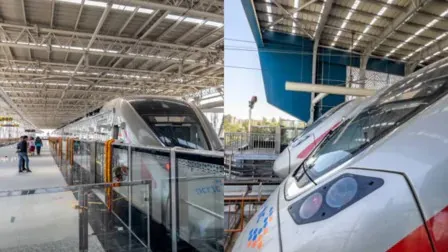
The Delhi-Panipat Namo Bharat corridor will soon transform travel with high-speed connectivity across key locations. This modern rail project promises faster commuting, better efficiency, and seamless integration within the region. This was reported by the railway transport news portal Railway Supply.
Delhi-Panipat Namo Bharat Corridor: A Game Changer for Regional Transit
India’s first Namo Bharat corridor, Delhi-Ghaziabad-Meerut, will become fully operational this year. The government previously identified eight Regional Rapid Transit System (RRTS) corridors under the NCR-2032 plan to improve urban mobility.
Authorities approved the Delhi-Panipat RRTS corridor on December 23, 2020, ensuring rapid expansion of regional transit. Covering 103 kilometers, this route will link vital locations, including Kundli, RGEC, Gannaur, and Samalkha.
The construction and phased rollout of this initiative will ensure efficient execution and timely completion. By implementing a structured approach, authorities aim to reduce delays and enhance overall passenger convenience.
Speed, Stations, and Travel Efficiency of Delhi-Panipat Namo Bharat Corridor
Trains on this corridor will operate at remarkable speeds, significantly improving travel across the National Capital Region. The system will feature a 180 km/h design speed, with an operational limit of 160 km/h.
With an average speed of 100 km/h, the 103-kilometer journey will take approximately 90 minutes. Passengers will enjoy high-frequency services, with trains arriving every 10 to 15 minutes.
Seventeen key stations will serve travelers along the Delhi-Panipat route, offering seamless connectivity. Important stops include Sarai Kale Khan, Kashmere Gate, Burari Crossing, Alipur, and Kundli, among others.
This corridor will greatly enhance mobility, providing reliable transport for daily commuters. It will improve access to workplaces, educational institutions, and healthcare services while reducing road congestion.
Leading universities like Ashoka University, IIT Delhi (Sonipat Campus), and PIET will benefit from this improved connectivity. Additionally, passengers will gain quick access to major hospitals such as AIIMS and Park Hospital.
Tourists and residents will also experience improved travel options to leisure destinations. The route will offer easy access to Murthal’s popular food joints, water parks, and entertainment hubs.
This high-speed transit corridor marks a milestone in India’s urban transport development. Authorities remain committed to efficient project execution, ensuring world-class infrastructure and travel experience.
By integrating cutting-edge technology, the NCRTC aims to deliver a modern, reliable, and sustainable transportation network. Reduced travel times, better convenience, and smart urban solutions will define the region’s future.
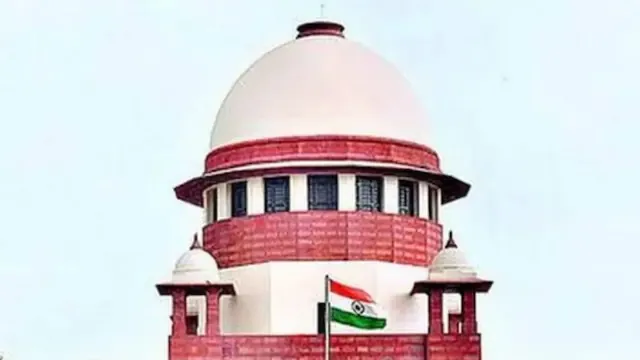
Think You Own That Property? Supreme Court Says Registration Is Not Enough

HMRTC to identify gaps in mass transport in Gurugram-Manesar
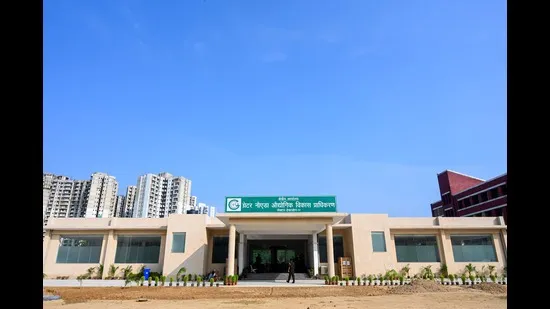
Greater Noida to buy 900 hectares for 8 new sectors
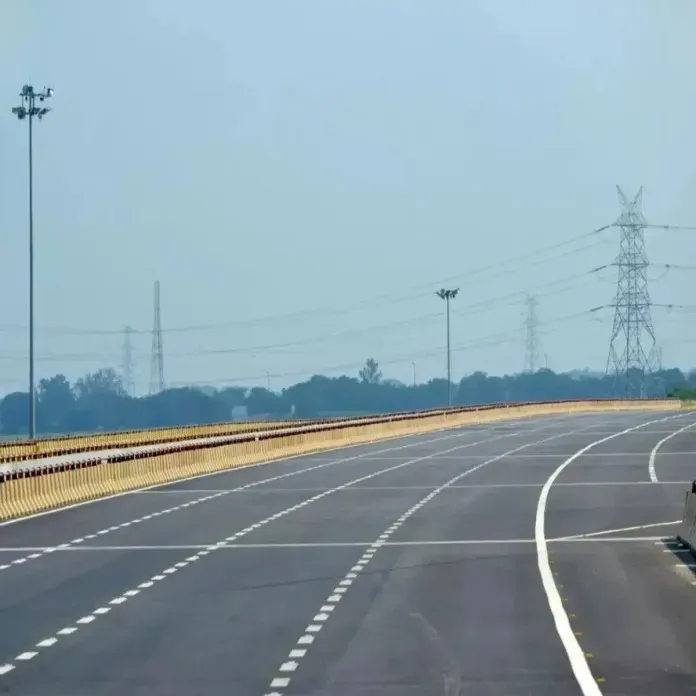
Noida FNG Expressway Project Accelerates Revolutionizing NCR Connectivity
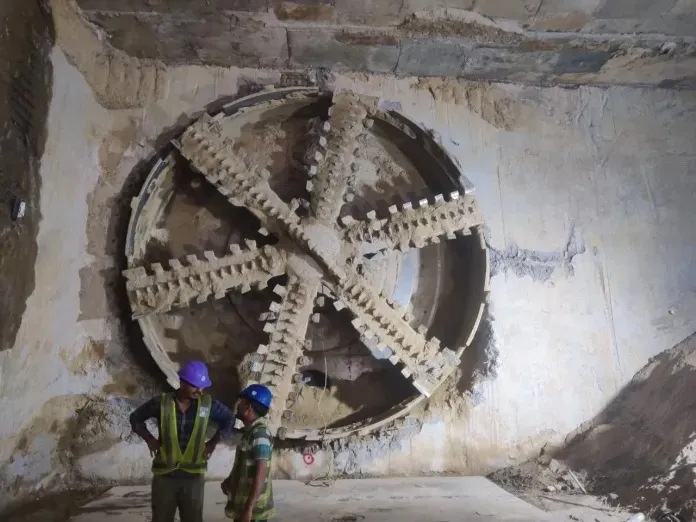
Agra Metro Line 1 Tunnel Now Complete